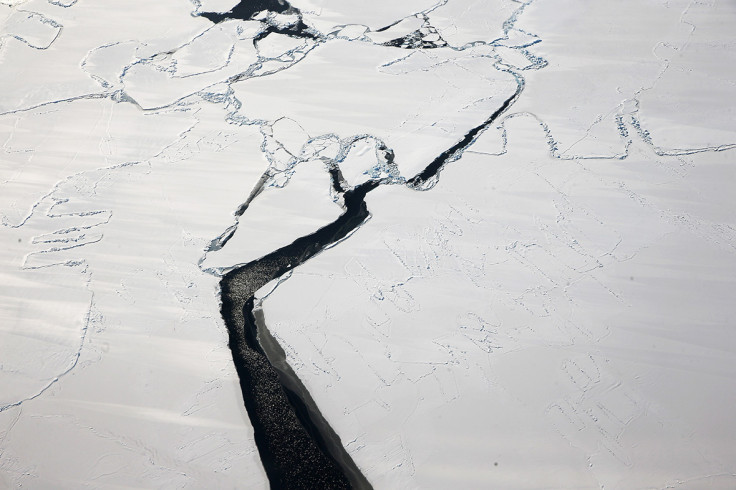Paris was not enough – what we need to do to limit warming to 1.5C
We must cut another 25% carbon emissions globally on top of Paris pledges, says UN report.
Tomorrow the Paris agreement – reached at COP21 in December last year – comes into effect, but those pledges made by countries fall far short of what is necessary to avoid dangerous levels of climate change, a UN report says.
A major report released by the UN Environment Programme states that global ambition to limit climate change must "urgently and dramatically increase" to cut emissions predicted for 2030 by an additional 25%. Even this action will only limit climate change to a 2˚C increase, rather than the 1.5˚C goal outlined in the Paris agreement.
This is necessary, the report says, in order to reduce the likelihood of increasingly intense storms, longer droughts and rising sea levels.
What we stand to lose
If we just stick to the Paris agreement, the world is still going to warm by up to 3.4 ˚C this century, the report says.
"We are moving in the right direction," says Erik Solheim, head of UN Environment. But the Paris agreement would not be enough to avoid "serious climate change", he says.
"If we don't start taking additional action now, beginning with the upcoming climate meeting in Marrakesh, we will grieve over the avoidable human tragedy. The growing numbers of climate refugees hit by hunger, poverty, illness and conflict will be a constant reminder of our failure to deliver. The science shows that we need to move much faster."

The scale of the challenge
1 Gigaton of carbon = the emissions generated annually by transport in the European Union
12 Gt = the minimum reduction needed to limit warming to 2˚C, in addition to the Paris pledges. This is equivalent to the total carbon emissions of OECD countries in 2015
15 Gt = the minimum needed to limit warming to 1.5˚C. Equivalent to three times the US's emissions in 2015
Source: UN Environment's Emissions Gap report
What to do about it
The UN Environment report suggests several measures to help further reduce emissions. It calls on companies, cities and citizen groups to cut several Gigatons off the gap in agriculture and transport.
Investment in energy efficiency could also knock significant quantities of emissions off the shortfall, and points to encouraging figures showing that investment in this area rose by 6% last year.
Another half a Gigaton of emissions is likely to be saved by energy efficiency projects established in developing countries in the past decade, the report says.

© Copyright IBTimes 2025. All rights reserved.






















